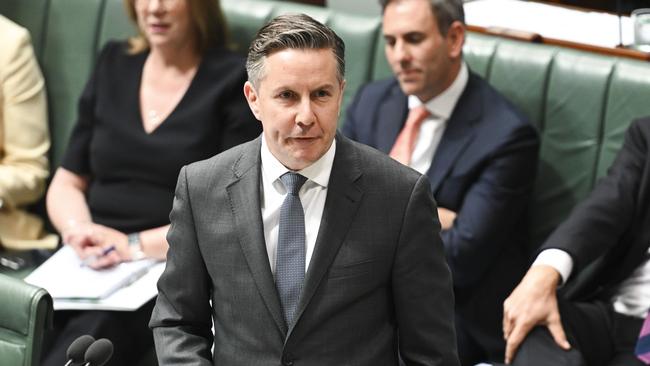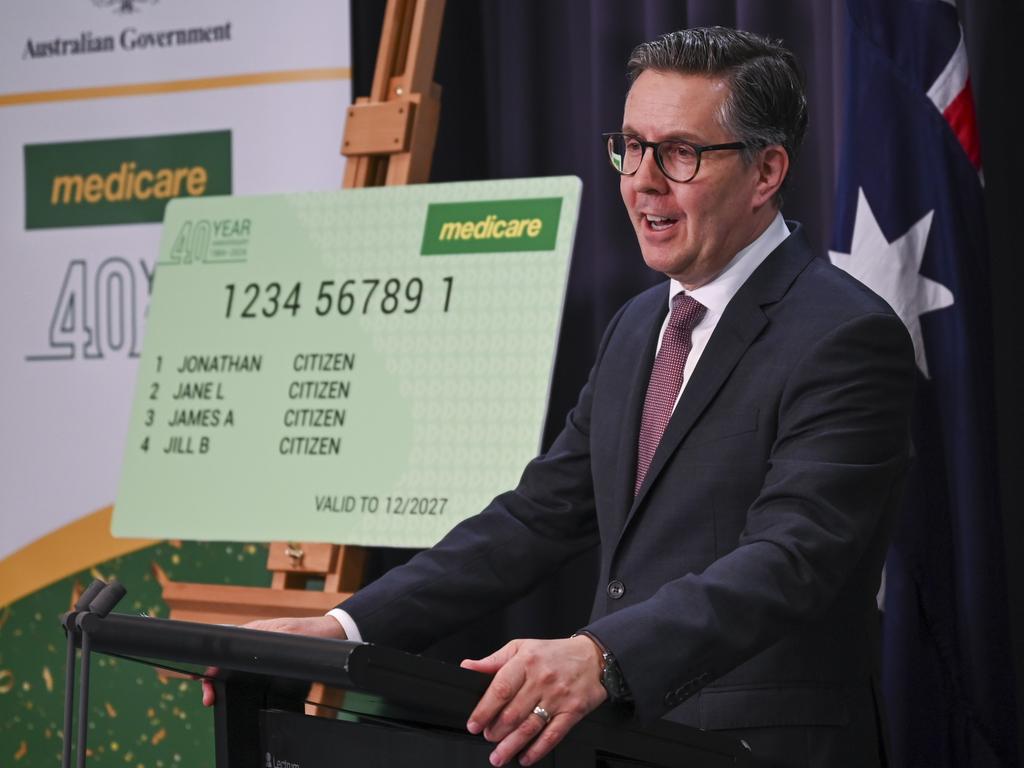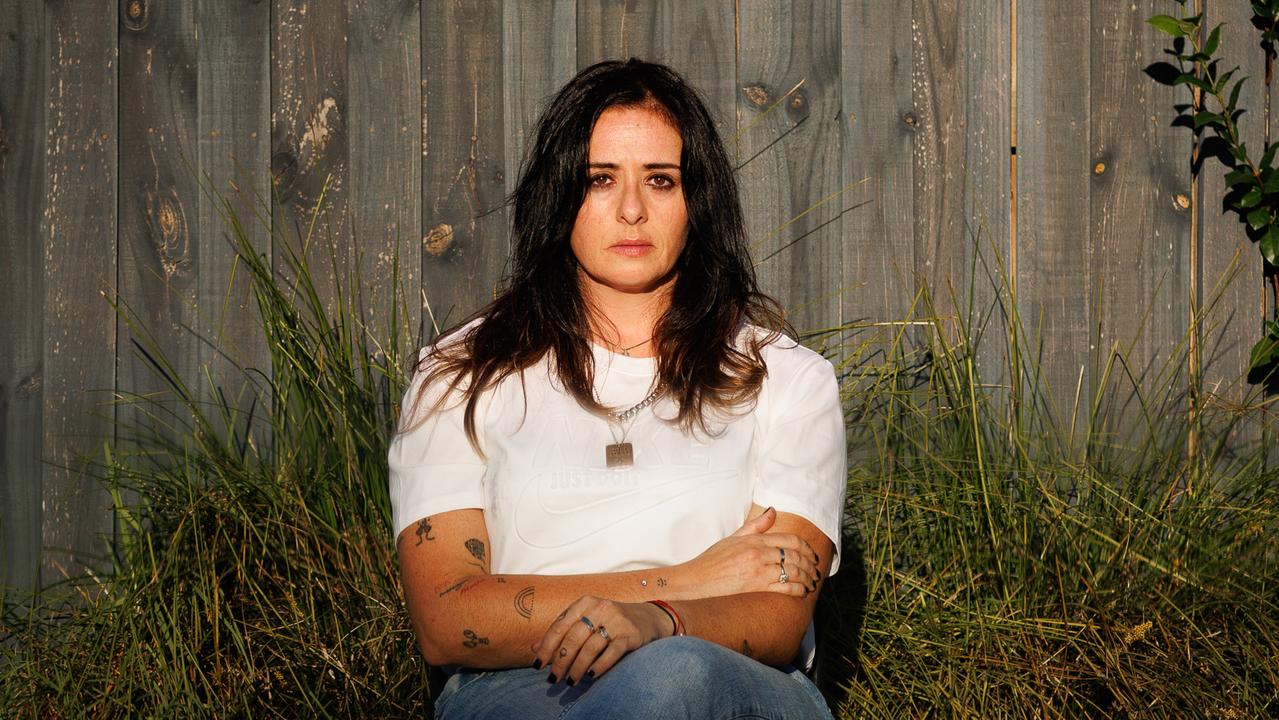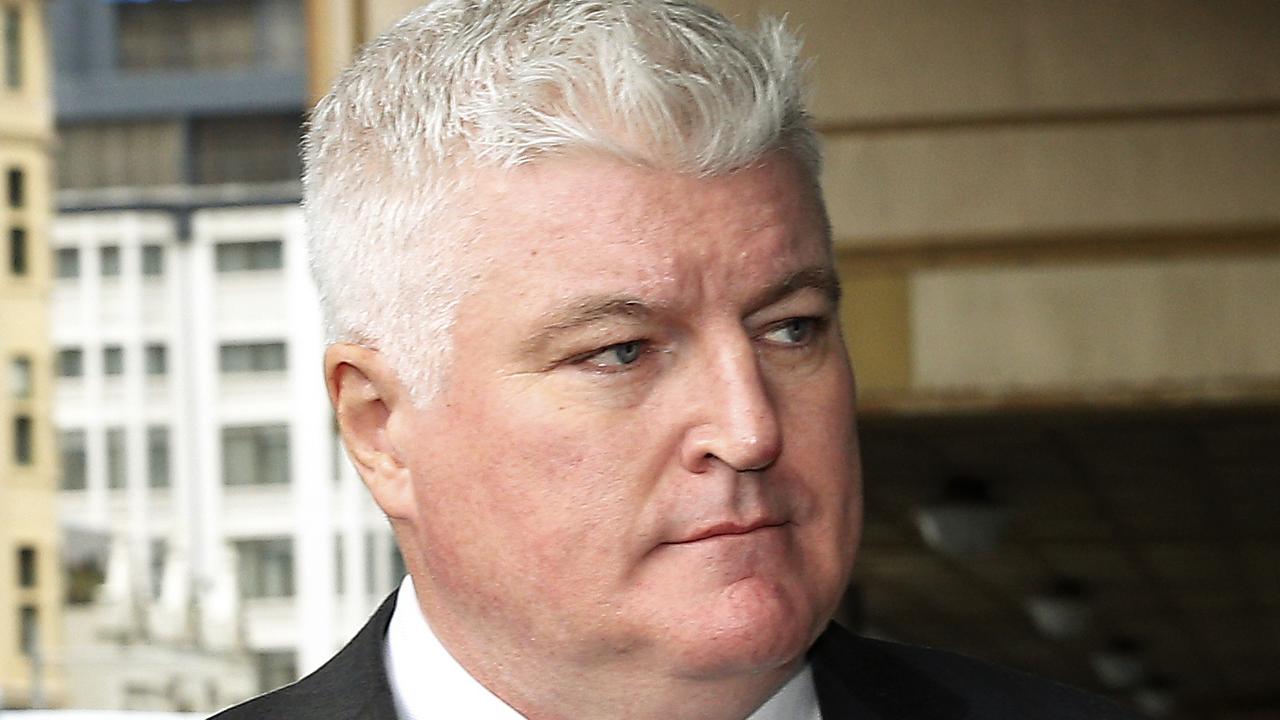More GPs shifting back to bulk billing after the government tripled incentives in November
New data suggests more GPs are shifting back to bulk billing, as an estimated 950,000 additional bulk billed visits were recorded since November.

More general practitioners are making the shift back to bulk billing after the government tripled incentives in November, new data has revealed.
New data, released by the Department of Health, suggests the bulk billing rate is stabilising, with the rate rising by 2.1 per cent to 77.7 per cent in March compared to October last year.
This meant Australians had an estimated 950,000 additional visits bulk-billed over the five month period.
The Albanese government tripled bulk billing incentives in November last year.
Health Minister Mark Butler said the decision was clearly a “game changer”.
“After a decade of cuts and neglect from the Liberals, the Albanese government committed to making it easier for people to see a bulk billing doctor – and the first five months of data shows that is exactly what is happening right around the country, particularly in rural and regional Australia,” he said.

Tasmania had the biggest increase in bulk billing rates at 5 per cent, while the Northern Territory followed at 4 per cent, and South Australia at 3.7 per cent.
NSW recorded the most additional bulk-billed GP visits, with an estimated 218,000 visits, followed by Victoria with an additional 210,000 visits.
Yet there is still a risk that state payroll taxes could limit the effects of the higher bulk billing rates, as state governments take more tax from medical practices.
Mr Butler said given patients eligible for bulk billing accounted for three out of every five GP visits, there had been a “very significant increase to general practice incomes”.
In turn, more GPs are willing to build businesses in regional and rural Australia, with the number of junior doctors choosing general practice as a specialty also increasing, particularly in rural and remote communities.

“For a doctor in a major city, the Medicare payment they get to bulk bill these patients for a standard consult has increased by 34 per cent,” Mr Butler said.
“For a doctor in regional and rural Australia, the Medicare payment has increased by around 50 per cent. This is a win all round – for patients, doctors and the health system – and it is helping make Medicare stronger.”
Given the surge in demand for GP training places, the Albanese government is set to expand the number available this year.
The Australian College of Rural and Remote Medicine is prepared to welcome up to 165 doctors to the Australian General Practice Training program, beating their target of 154 doctors.
A further 188 trainees are expected to be offered places in the Rural Generalist Training Scheme, which is 30 more than last year. The Royal Australian College of General Practitioners have also seen an increase in demand, taking on 1255 new trainees – 88 more than last year.





To join the conversation, please log in. Don't have an account? Register
Join the conversation, you are commenting as Logout